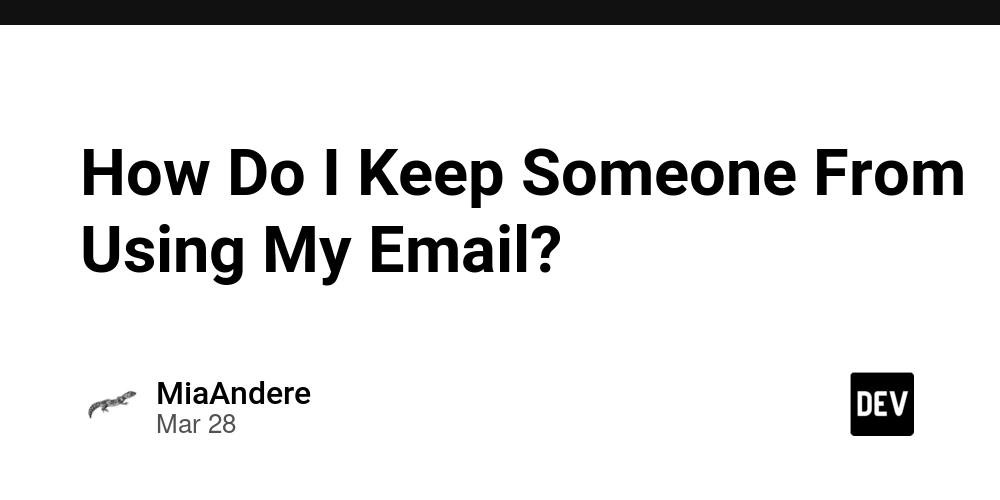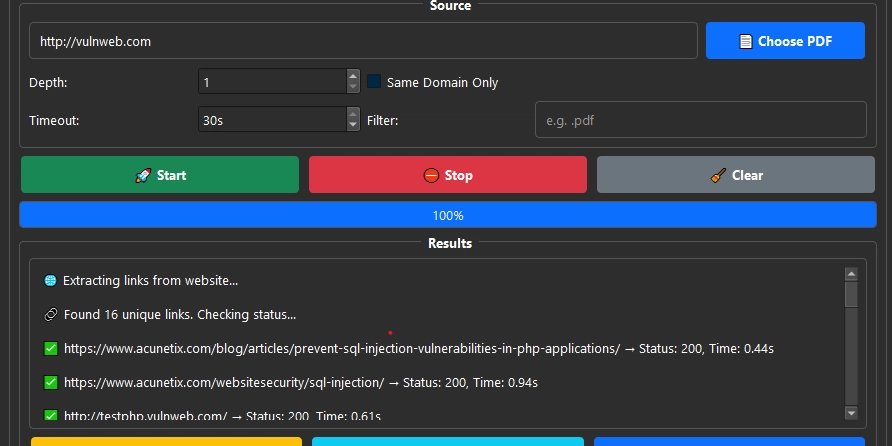How Do I Keep Someone From Using My Email?
A few months ago, I started noticing random newsletters and spam flooding my primary email address. Worse, I found sign-up confirmations for apps I’d never heard of. Someone was clearly using my email without permission, and it drove me crazy. After doing some research (and fixing the mess), I learned how to lock things down. Here’s what worked for me—no tech jargon, just practical steps. 1. Use a Strong, Unique Password (Seriously, Do This First) I know, it sounds obvious, but weak passwords are still the easiest way for someone to hijack your account. I used to recycle the same password everywhere until I realized how risky that was. Now, I use a password manager to generate and store complex passwords. Adding two-factor authentication (2FA) was a game-changer, too. Even if someone guesses my password, they can’t get past the 2FA code sent to my phone. 2. Check Your Account Activity Regularly Most email providers, like Gmail or Outlook, let you review recent logins. I started checking this monthly. If I see a login from a location or device I don’t recognize, I immediately change my password and sign out of all sessions. It takes two minutes and gives me peace of mind. 3. Stop Sharing Your Email Publicly Turns out, I was accidentally leaking my email everywhere—comment sections, forums, even social media. Now, I avoid posting it publicly. If a website requires an email to access content, I use a throwaway address (more on that below). 4. Create Aliases or Disposable Emails This tip saved me from endless spam. Instead of giving out my real email for every app or newsletter, I use aliases. For example, if my main email is john@gmail.com, I might use john+shopping@ for online stores. Some providers even let you create unlimited aliases. Recently, I tried GetMX Domain Email for this—it lets me generate unique addresses under my own domain (like newsletter@myname.com) and routes everything to my main inbox. It’s been super reliable for managing sign-ups, and I can block any alias if it gets spammed. Plus, it works well for bulk registrations without cluttering my primary email. 5. Unsubscribe and Report Phishing If spam slips through, I unsubscribe immediately (but only from legitimate-looking links—never click suspicious ones!). For phishing attempts, I report them to my email provider. Over time, this trains the spam filter to block similar emails. Final Thoughts: Stay Proactive Protecting your email isn’t a one-time fix. It’s about habits: strong passwords, monitoring logins, and minimizing exposure. Since adopting these steps, my inbox has been way quieter.

A few months ago, I started noticing random newsletters and spam flooding my primary email address. Worse, I found sign-up confirmations for apps I’d never heard of. Someone was clearly using my email without permission, and it drove me crazy. After doing some research (and fixing the mess), I learned how to lock things down. Here’s what worked for me—no tech jargon, just practical steps.
1. Use a Strong, Unique Password (Seriously, Do This First)
I know, it sounds obvious, but weak passwords are still the easiest way for someone to hijack your account. I used to recycle the same password everywhere until I realized how risky that was. Now, I use a password manager to generate and store complex passwords. Adding two-factor authentication (2FA) was a game-changer, too. Even if someone guesses my password, they can’t get past the 2FA code sent to my phone.
2. Check Your Account Activity Regularly
Most email providers, like Gmail or Outlook, let you review recent logins. I started checking this monthly. If I see a login from a location or device I don’t recognize, I immediately change my password and sign out of all sessions. It takes two minutes and gives me peace of mind.
3. Stop Sharing Your Email Publicly
Turns out, I was accidentally leaking my email everywhere—comment sections, forums, even social media. Now, I avoid posting it publicly. If a website requires an email to access content, I use a throwaway address (more on that below).
4. Create Aliases or Disposable Emails
This tip saved me from endless spam. Instead of giving out my real email for every app or newsletter, I use aliases. For example, if my main email is john@gmail.com, I might use john+shopping@ for online stores. Some providers even let you create unlimited aliases.
Recently, I tried GetMX Domain Email for this—it lets me generate unique addresses under my own domain (like newsletter@myname.com) and routes everything to my main inbox. It’s been super reliable for managing sign-ups, and I can block any alias if it gets spammed. Plus, it works well for bulk registrations without cluttering my primary email.
5. Unsubscribe and Report Phishing
If spam slips through, I unsubscribe immediately (but only from legitimate-looking links—never click suspicious ones!). For phishing attempts, I report them to my email provider. Over time, this trains the spam filter to block similar emails.
Final Thoughts: Stay Proactive
Protecting your email isn’t a one-time fix. It’s about habits: strong passwords, monitoring logins, and minimizing exposure. Since adopting these steps, my inbox has been way quieter.












































































































































































![[The AI Show Episode 142]: ChatGPT’s New Image Generator, Studio Ghibli Craze and Backlash, Gemini 2.5, OpenAI Academy, 4o Updates, Vibe Marketing & xAI Acquires X](https://www.marketingaiinstitute.com/hubfs/ep%20142%20cover.png)




























































































































![[DEALS] The Premium Learn to Code Certification Bundle (97% off) & Other Deals Up To 98% Off – Offers End Soon!](https://www.javacodegeeks.com/wp-content/uploads/2012/12/jcg-logo.jpg)

![From drop-out to software architect with Jason Lengstorf [Podcast #167]](https://cdn.hashnode.com/res/hashnode/image/upload/v1743796461357/f3d19cd7-e6f5-4d7c-8bfc-eb974bc8da68.png?#)








































































































.png?#)


































_Christophe_Coat_Alamy.jpg?#)


.webp?#)





































































































![Apple Considers Delaying Smart Home Hub Until 2026 [Gurman]](https://www.iclarified.com/images/news/96946/96946/96946-640.jpg)
![iPhone 17 Pro Won't Feature Two-Toned Back [Gurman]](https://www.iclarified.com/images/news/96944/96944/96944-640.jpg)
![Tariffs Threaten Apple's $999 iPhone Price Point in the U.S. [Gurman]](https://www.iclarified.com/images/news/96943/96943/96943-640.jpg)




































































































































